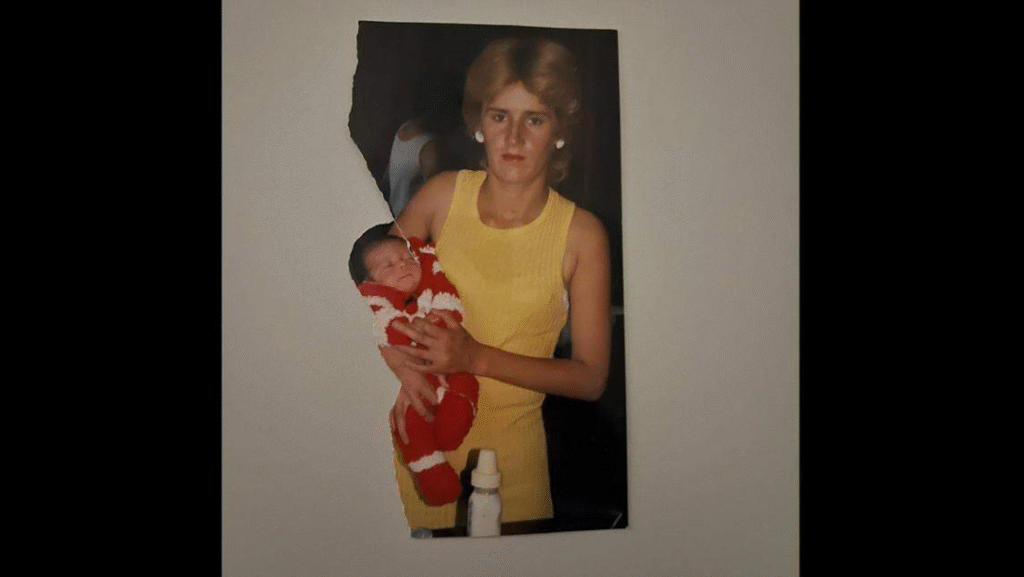EL CAJON, California — For decades, a woman found dead in a California ravine posed a mystery.
But now, the woman’s family has some answers; she has been identified as Alicia Ledezma Sanchez, El Cajon police said in an October 30 Facebook post.
The woman, whose body was decomposing and had no identification when it was found in an El Cajon ravine surrounded in heavy shrubbery on Aug. 13, 1998, was believed to have been dead for up to six weeks.

On August 13, 1998, the body of an unidentified woman was found in the brush near the 1300 block of Avocado Ave in El Cajon, CA. The victim, believed to be a white or Hispanic female in her 30s, stood around 5’2” and weighed approximately 110 lbs. She had brown hair and signs of at least one prior pregnancy.
She wore a silver herringbone bracelet, black shoes, and a blue t-shirt that read: “Woodruff Warriors 20 Year Reunion 1971–1991.”
She is believed to be a victim of a homicide.
Despite an investigation, police said the woman’s identity remained a mystery.
Five years later, police said its cold case team took another look at the case, and a forensic artist created a sculpture using the woman’s skull. “
Photographs of the sculpture were released in hopes that a member of the public could assist in identifying the woman,” police said.
Still, no leads surfaced, and the woman’s case stayed cold, according to police.
Again, in 2008, police tried to push the case forward.
After getting a DNA sample, police said investigators made a DNA profile for the woman.
When the profile was uploaded into a database, however, no matches were found, police said.
In 2023, police said they partnered with Othram Inc. and Parabon Labs and set their sights on advanced DNA techniques, including genetic genealogy and phenotyping, in hopes of identifying the woman.
Genetic genealogy uses DNA testing coupled with “traditional genealogical methods” to create “family history profiles,” according to the Library of Congress. With genealogical DNA testing, researchers can determine if and how people are biologically related.
DNA phenotyping is a process that uses DNA to predict physical appearance, according to Parabon NanoLabs.
Othram said its scientists created “a comprehensive DNA profile from skeletal remains,” which was then used in genetic genealogy research, the company said in a news release.
“Due to the unknown woman’s unique biogeographical ancestry, efforts to find close relatives were challenging,” Othram said.
Further research, though, showed the woman “likely family ties to Michoacán de Ocampo, Mexico, and potential relatives in the San Diego area,” the company said.
In August, police shared the woman’s story across their social media channels and included an image of what the woman may have looked like.
Soon, a potential family member contacted the cold case team, believing they may know the woman’s identity, police said.
The woman’s DNA was compared to a possible son’s, confirming her identity as Sanchez, who was born in 1968, police said.
“Families deserve answers and this is a case where identifying the victim is the first step in getting answers,” Kristen Mittelman, Othram’s chief development officer, said in an email to McClatchy News.
An investigation into Sanchez’s slaying is ongoing, police said. Anyone with information about Sanchez is asked to contact police at 619-579-3320.
El Cajon is about a 15-mile drive northeast from San Diego.
By DANIELLA SEGURA/McClatchy News
Daniella Segura is a national real-time reporter with McClatchy. Previously, she’s worked as a multimedia journalist for weekly and daily newspapers in the Los Angeles area. Her work has been recognized by the California News Publishers Association. She is also an alumnus of the University of Southern California and UC Berkeley.



